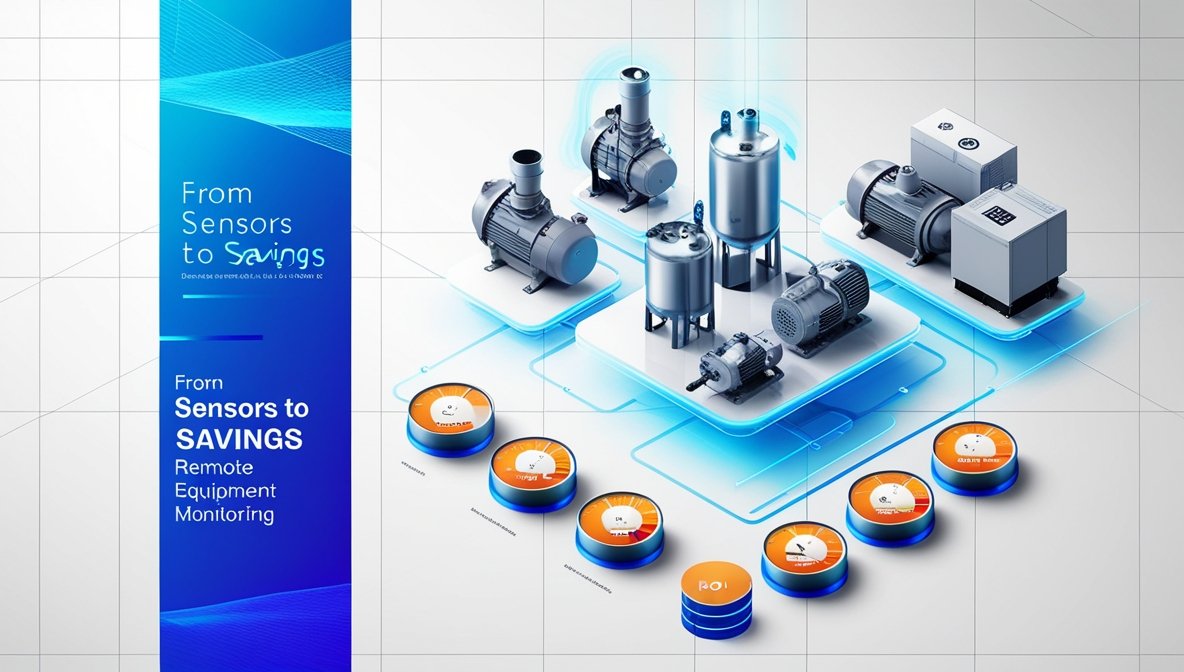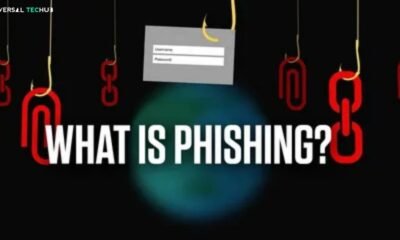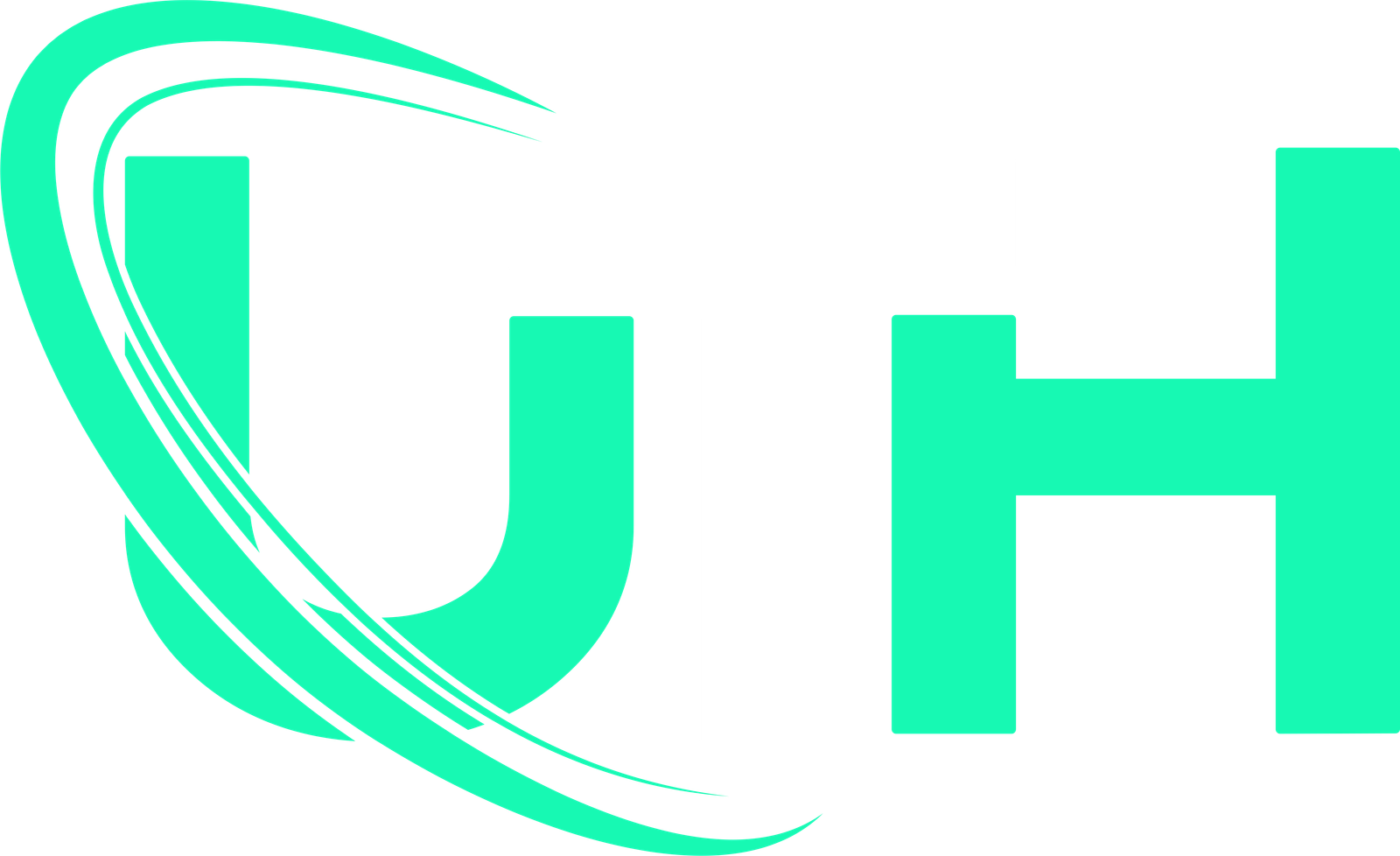Uncategorized
From Sensors to Savings: ROI of Remote Equipment Monitoring

In the fast-paced world of infrastructure, manufacturing, and utilities, efficiency isn’t a luxury it’s a necessity. Every system breakdown, delayed response, or inefficient process translates into lost time and revenue. That’s why more industries are turning to remote equipment monitoring to keep things running smoothly.
Whether you’re dealing with HVAC systems, manufacturing lines, or even wastewater management IoT networks, the data collected by smart sensors can lead to significant operational improvements—and measurable savings.
But how exactly does this technology translate into return on investment (ROI)? Let’s break down how remote monitoring systems go beyond just tracking—they deliver real value where it matters.
1. Reduced Downtime Equals Cost Savings
Unplanned equipment downtime is one of the biggest money drains for any industry. Every hour a system is offline can result in thousands of dollars in lost productivity.
Remote monitoring systems use sensors to constantly check equipment health and performance. If a motor starts drawing too much current or a pump is running hotter than usual, alerts are triggered immediately. Instead of waiting for a breakdown, maintenance teams can act before costly downtime occurs.
By shifting from reactive to proactive maintenance, companies reduce repair costs and prevent revenue loss from halted operations.
2. Lower Maintenance Costs Through Predictive Scheduling
Instead of relying on calendar-based maintenance—which may be unnecessary or too late—remote monitoring allows for predictive maintenance.
When systems are monitored continuously, you can identify wear and tear based on real-time data. This allows you to schedule servicing exactly when it’s needed, not before and definitely not after something goes wrong.
The result? You spend less on emergency fixes and unneeded checks, and more on planned, efficient care.
3. Energy Efficiency That Cuts Utility Bills
Many remote systems track power consumption, temperature, pressure, and flow—all of which influence energy use. With this data in hand, you can identify inefficiencies that were previously invisible.
For example, a pump might be consuming 15% more power than expected. Or a compressor might be cycling too frequently. Fixing these small issues often leads to significant energy savings over time.
This is especially valuable in utilities and facilities using systems like wastewater management IoT, where energy consumption can be high and variable.
4. Asset Life Extension
Regularly maintained and closely monitored equipment tends to last longer. Remote monitoring helps ensure machines are operated within safe limits, alerting teams when something starts to drift.
This early intervention prevents major failures, reduces wear, and extends the lifespan of expensive assets—meaning fewer replacements and capital expenses down the line.
It’s simple: better data means better care, which leads to greater equipment longevity.
5. Enhanced Decision-Making with Real-Time Data
One of the often-overlooked benefits of remote monitoring is the wealth of actionable insights it generates. By analyzing trends in system performance, operators and managers can:
- Allocate resources more efficiently
- Plan budgets based on actual needs
- Forecast maintenance schedules
- Identify equipment that’s underperforming
This data-centric approach leads to smarter investments, fewer surprises, and better business outcomes.
6. Regulatory Compliance Made Easy
Many industries—especially those involved in environmental operations—must meet strict compliance standards. Remote monitoring systems automatically log critical data such as flow rates, emissions, and equipment uptime.
This is particularly helpful in wastewater facilities, where missed thresholds can lead to fines or environmental risks. With accurate logs and timely alerts, compliance becomes part of daily operations, not a quarterly scramble.
7. Scalability and Remote Access
As businesses grow or spread across locations, remote monitoring provides a consistent way to manage operations from anywhere.
Whether it’s monitoring a treatment plant across town or a factory floor in another state, cloud-based dashboards and mobile alerts give managers the power to stay informed 24/7. This improves coordination, speeds up response times, and eliminates the need for constant on-site supervision.
The Bottom Line: ROI You Can See and Measure
Remote equipment monitoring isn’t just a tech trend—it’s a smart financial strategy. From reducing downtime to cutting energy bills and improving compliance, the benefits stack up quickly.
When measured in dollars and operational uptime, the ROI of remote monitoring often justifies the investment within months, not years. For industries managing critical infrastructure, it’s a no-brainer.
And when you factor in the evolving power of wastewater management IoT, it’s clear this technology is essential to building smarter, more resilient systems.
-

 Phishing attack7 months ago
Phishing attack7 months agoWhat is Spear Phishing and How You Can Identify This Scam?
-

 Social engineering attack8 months ago
Social engineering attack8 months agoBaiting Attacks Explained: A Closer Look at Cyber Threat Tactics
-

 Social engineering attack6 months ago
Social engineering attack6 months agoWhat are Social Engineering Attacks – A Complete Guide to Cyberattacks Prevention
-

 Social engineering attack8 months ago
Social engineering attack8 months agoSpear Phishing Attack: A Targeted Cyber Threat
-

 Social engineering attack8 months ago
Social engineering attack8 months agoWhat is spear phishing attack? A detailed guide
-

 Phishing attack6 months ago
Phishing attack6 months agoWhat Are Phishing Emails? A guide for you
-

 Social engineering attack8 months ago
Social engineering attack8 months agoWhat is spear phishing in cyber security?
-

 Social engineering attack8 months ago
Social engineering attack8 months agoSpear phishing vs phishing: Understand the Risks




















